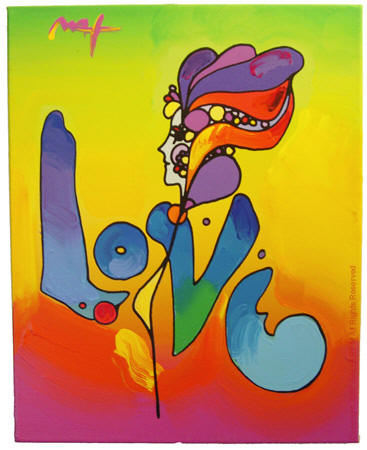Postmodernism was a late 20th century movement that opposed the Modernist preoccupation with purity of form and technique, and aimed to eradicate the divisions between art, popular culture, and the media. Postmodern artists employed influences from an array of past movements, applying them to modern forms. Postmodernists embraced diversity and rejected the distinction between "high" and "low" art. Ignoring genre boundaries, the movement encourages the mix of ideas, medias, and forms to promote parody, humor, and irony. The overall impression of postmodern art is one of pastiche and appropriation, often promoting parody or irony. It also aims to blur the boundaries between high art and low art.
Postmodernist art has been, since its beginnings in the movements of the 1960s, art that was inherently political and simultaneously engaged with and critical of commercial mass culture. All these movements are linked to the development of multimedia performance art and conceptual art, a term that designates art that is neither painting nor sculpture, art of the mind rather than art of the eye. The logical extension of this definition is that nearly anything, properly "framed" or designated as such, might be thought of as art.
